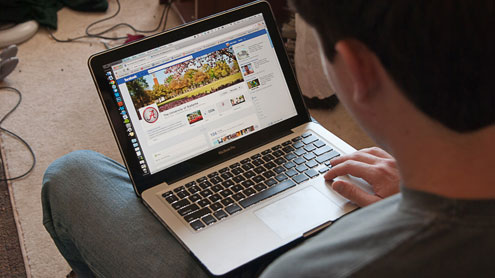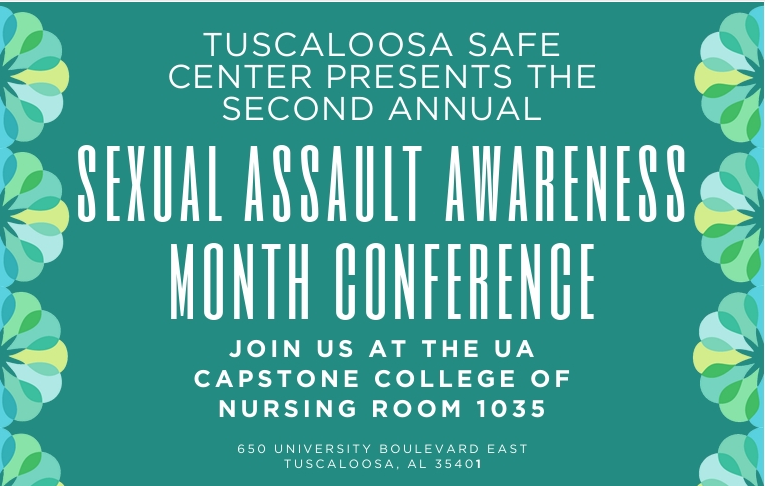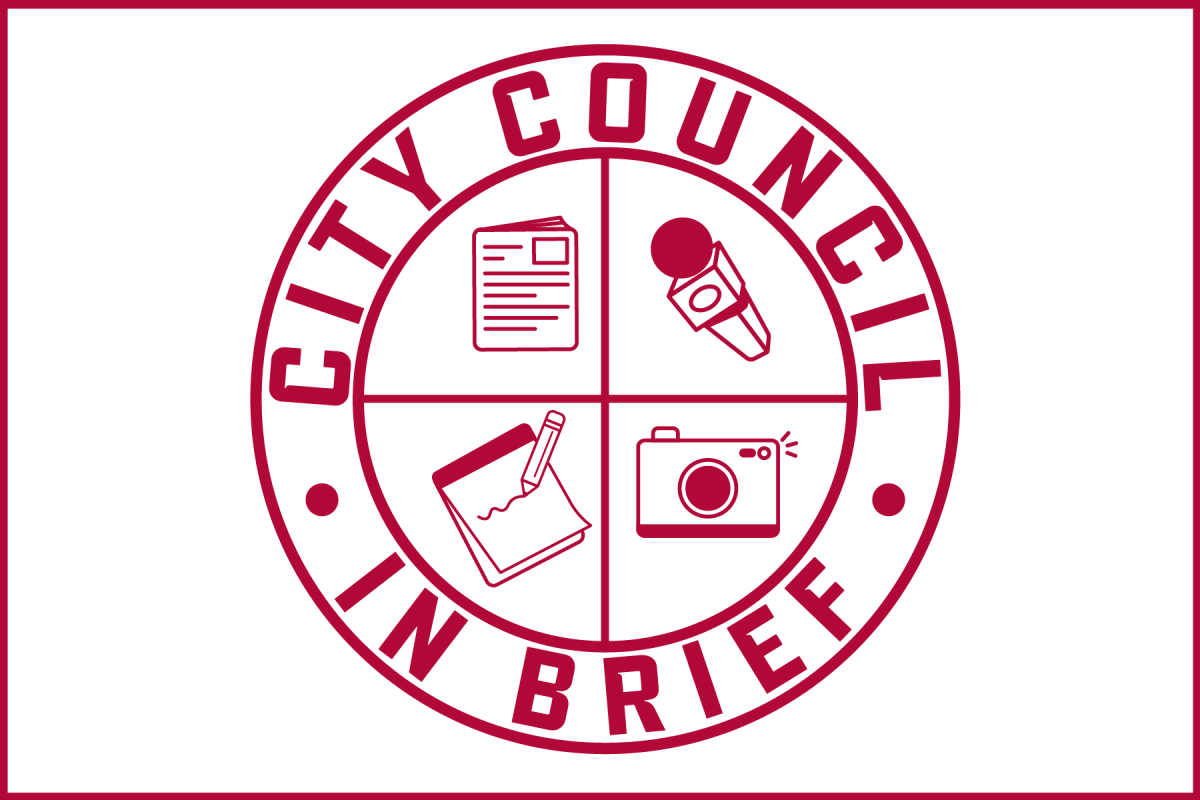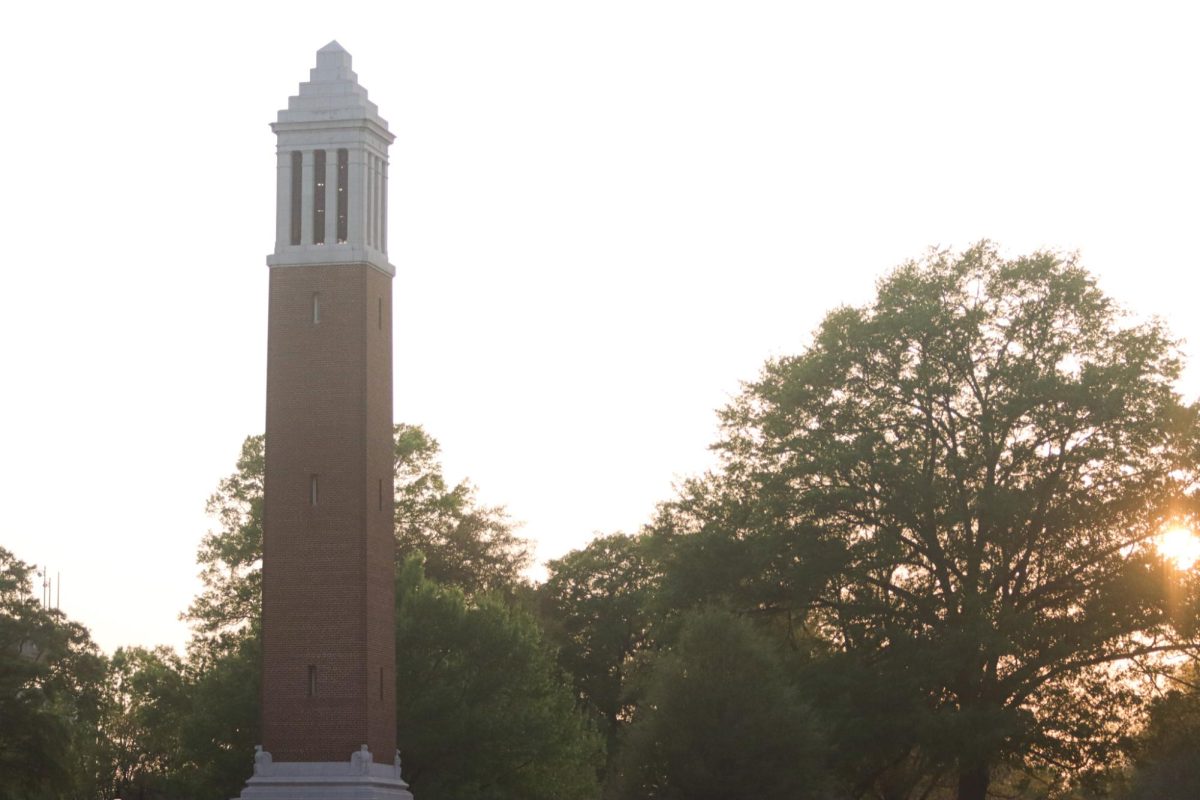The advent of social media has shed light on a new situation in classrooms: What is the appropriate social media relationship between student and teacher?
According to a recent Associated Press article, many high school districts are starting to take notice of teachers’ Internet presence and have policies created to prevent potentially inappropriate interactions.
Across the nation, at least 40 school districts have enacted social media policies. Some teachers have even been disciplined for Facebook activity.
But where is the line drawn in college, when students are legal adults?
“I think it depends on the dynamic between the professor and the student in the classroom,” said Brandi Watkins, an instructor in the communications department. “Some people are more comfortable with social media than others. Some professors may prefer to keep all correspondence with students on a professional basis.”
Some professors have set strict policies of absolutely not accepting friend requests from current students, or they only will after the student is no longer in their class.
Lea Hanna Bertram, a junior majoring in public relations, said she has very little interaction with her teachers outside the classroom.
“I rarely interact with professors over social media,” Bertram said. “Most of my professors have a ‘no friend/follow’ policy with students until after the class is finished. I am friends with one of my past professors on Facebook and follow her on Twitter and am connected with several past professors on LinkedIn.”
For professors who have said they are friends with students on Facebook and accept friend requests, students see a benefit.
Regan Williams, a sophomore studying political science and communication studies, sees one potential advantage of professors interacting with students via social media.
“I think it is a good thing because it is a quick way to communicate with them,” Williams said. “It is also good because the professor can know if something negative is going on in your life and understand.”
For some students, the age gap can be so small between professor and student that the connection via social media seems less inappropriate than high school interactions.
“Sometimes we’re so close in age to our younger professors and graduate T.A.s. It’s different than being friends with a high school teacher or older professor,” said Kaitlyn Stuart, a sophomore majoring in accounting.
As far as who should approach whom online, students and professors seem to agree the student should be the one to friend request or follow the professor but after asking first.
“I don’t have a problem with a student friending me on Facebook or following me on Twitter, but typically, I do not look up my students on social media because I want to respect their privacy,” Watkins said.
From a student’s opinion, Bertram agrees.
“I would feel less weird about approaching a professor over social media than having them approach me,” Bertram said. “If I was going to do so, I would probably ask the professor prior to friending/following/connecting with them.”
As social media continues to grow and change, school districts and universities will have to do the same — figuring out the appropriate dynamic of instructors’ online presence. This may mean continually stricter rules for teachers in a high school setting, but it just might mean a changing dynamic for college professors, too.
“As social media continues to evolve then these types of rules may change, too,” Watkins said.









